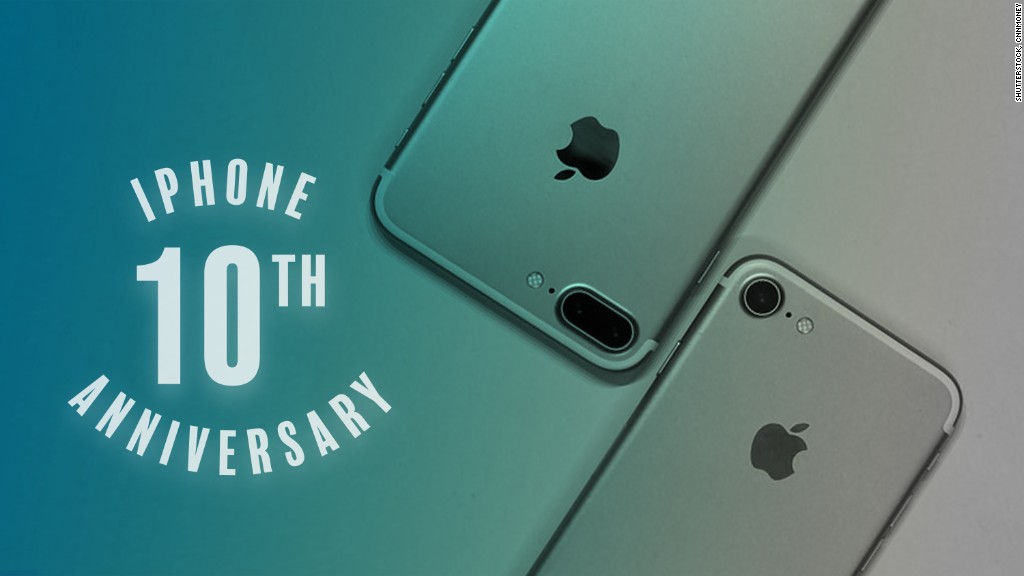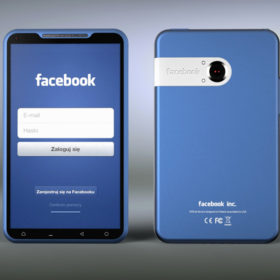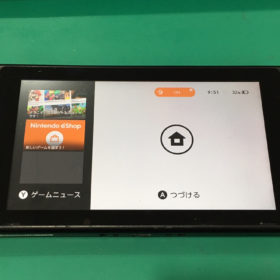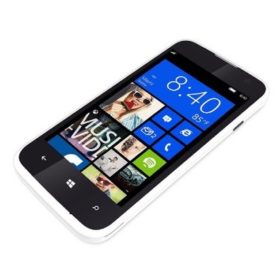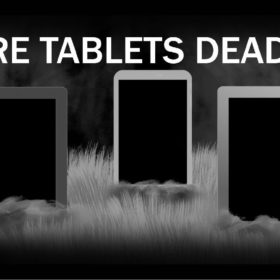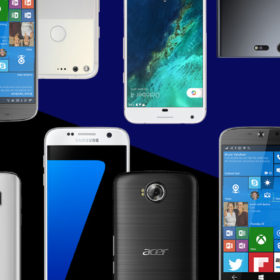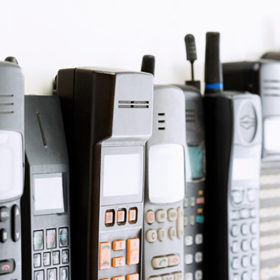The original iPhone hit stores on June 29, 2007 – and the world has not been the same since.
Ten years ago, Nokia was the world’s largest phone maker. Microsoft was gearing up to launch Windows Vista. And the best new products at CES included a wireless TV and an MP3 player that streamed internet radio.
Then, on Jan. 9, 2007, Apple CEO Steve Jobs unveiled a device that went on to change the world – a $ 499 iPhone that came with 4GB of storage . It was a mobile phone, a music player and an internet device. It Went on sale about six months later: June 29, 2007.
“IPhone is a revolutionary and magical product that is literally five years ahead of any other mobile phone,” Jobs said at the time.
Since then, Apple has sold more than 1.2 billion iPhones and has become the most profitable public company in the world. Copycat phones from companies like Samsung, HTC, Motorola and Xiaomi proliferated across the globe, and now even people in places without steady electricity have Smartphones.
“It’s difficult to understate [the iPhone’s] impact,” Reticle Research analyst Ross Rubin said. “The ripples it has created created wide wide swaths of our lives.
Here are some ways the iPhone has changed the way we live:
1. We’re always on
It used to be you’d fire up your computer, wait for your Wi-Fi to connect (or your dialup connection, if we’re going wayyy back) and open Internet Explorer, Safari or some other web browser. Now you’re connected to the internet all the time. If you’re not on Wi-Fi, you’re linked through your cellular network.
It’s not just inescapable connectivity that the iPhone helped bring about. It’s also how we actually access the internet. The iPhone made mobile web browsing useful for the first time. Every other mobile web browser before that was painful, in the words of CNET’s Kent German. Soon came a flood of apps, which removed the need to open a web browser at all.
2. Tablets, watches and headphones.
Multiple devices are either tied to the iPhone or exist because the phone was created. There’s the iPad, essentially a larger iPhone you use at home. And there’s the Apple Watch, which is tethered to the iPhone.
Then there are all the accessories spurred by the popularity of the iPhone, like phone cases; Bluetooth speakers and headphones; and charging docks. ABI Research estimates that revenue in the global mobile accessories market will top $110 billion in 2021.
“Given users’ attachment to their smartphones and their wants and needs to personalize and protect them, the aftermarket mobile accessories market is showing no signs of slowing down,” ABI analyst Marina Lu said.
3. The key to appiness
You may not remember this now, but Apple’s first iPhone didn’t have such a thing as third-party apps or the App Store. That changed in July 2008, when Apple introduced the iPhone 3G and its iPhone 2.0 software.
The App Store is what made the iPhone a must-have device. There are now more than 2 million apps in the App Store, with essentially every company making one or more apps. And the iPhone and App Store have spawned industries that couldn’t exist without smartphones. There’d be no Uber or Lyft to shuttle us from place to place, for instance, or Instagram or Snapchat for sharing our photos.
4. Everyone’s a shutterbug
Sure, we had cameras on our phones before the iPhone. But the Apple gadget’s combination of easy internet access and apps like Instagram inspired people’s inner photographer.
As a result, lugging around an actual camera became redundant.
“We as a species take more pictures than we ever had in the past by an order of magnitude,” Current Analysis analyst Avi Greengart said.
5. Livin’ live
The phone’s camera also means you have a portable camcorder (remember those?) at your fingertips. And on top of that, the phone’s connection lets you broadcast video immediately. That could mean talking to your family members on the other side of the country or shooting a cat video for YouTube. Or, thanks to services like Facebook Live or Periscope, the technology can be used for filming police brutality or instantly reporting something you’ve seen.
On the flip side, having these smart devices on us at all times lets law enforcement and corporations (like the makers of those apps on your phone) track us. Apple has taken a strong stance on privacy, but security remains a big concern for users.
6. Putting the digits in digital
Touchscreens once were rare. Now babies are swiping at TVs and wondering why the screen doesn’t change. Interactive screens are in virtually everything, even refrigerators. When Jobs introduced the iPhone, he said, “We are all born with the ultimate pointing device — our fingers — and iPhone uses them to create the most revolutionary user interface since the mouse.”
He was more right than he could imagine. The appeal of a touchscreen phone forced Microsoft to embrace touch in its software and get its hardware partners to make touchscreen phones, tablets and computers.
It’s almost surprising to see a device today without a touchscreen (though Apple maintains it won’t be putting touchscreens in its Mac computers).
7. You are here
The introduction of mapping on the iPhone meant you no longer had to feel like an embarrassed tourist in a new city, clutching a giant paper map on the street corner. Google Maps and Apple Maps are two of the most-used apps on the iPhone, and they’ve steadily added features over the years, like public transit directions.
8. Gaming goes to the next level
The iPhone reinvented the idea of mobile gaming. Apps like Angry Birds, that anyone could play using their fingers on the touchscreen, became hugely popular, and payment models changed. Many games are now free to play — instead of charging a sales price, developers came up with the idea of in-app purchases, which let you pay for new levels and features as you go.
Seven of the top 10 grossing iPhone apps are games, like Pokemon Go, according to market tracker App Annie.
9. Cash ain’t king
Apple wasn’t the first company to talk about mobile payments, but it did make even your grandma aware of the technology, which lets you use your phone to purchase things. Goodbye, cash. Hello, iPhone. The iPhone’s Wallet app also can store retail coupons, reward cards, and passes for flights and movies, all in one place.
Cash isn’t dead yet — there still are many places that don’t take mobile payments — but using your phone at the checkout stand is more common than ever.
10. Last but not least
There’s no way to sum up all that the iPhone did in just 10 points. So here’s a grab bag of additional stuff.
Apple basically killed Adobe Flash on mobile devices and made endless scrolling a very good thing. You never have to carry a calculator or flashlight anymore, and visual voicemail lets you easily skip forward in a meandering message. Podcasts mean you don’t have to listen to the radio in real time — and they give you new options, such as the hit show “Serial.”
Social media has also shifted heavily to mobile devices from desktop computers, letting people feel connected to friends at all times. Facebook said that in its most recent quarter, roughly 84 percent of its $6.82 billion in ad revenue came from mobile ads.
Governments use mobile devices to spy on their citizens, and consumers giving a lot of personal information in exchange for services in the same time, the iPhone has been linked to the rise in attention-deficit / hyperactivity disorder and short attention. Like Uber rides .
But even with negatives, do not try to take someone’s iPhone away …

